Weekend Diversion: the Moon as no one’s seen it
You won’t believe this view of the far side — and the Earth — until you see it.
“When I look at the moon I do not see a hostile, empty world. I see the radiant body where man has taken his first steps into a frontier that will never end.” –David Scott, Commander, Apollo 15
Of all the objects scattered in the night sky, none has been the subject of more poetry, imaginings, wishes, wonder or scrutiny than the closest natural satellite to our own world: the Moon. Have a listen to Camera Obscura go through their soothing song, Lunar Sea,
while you consider that for practically all of human history, these were the only views humans could get of our nearest neighboring world.
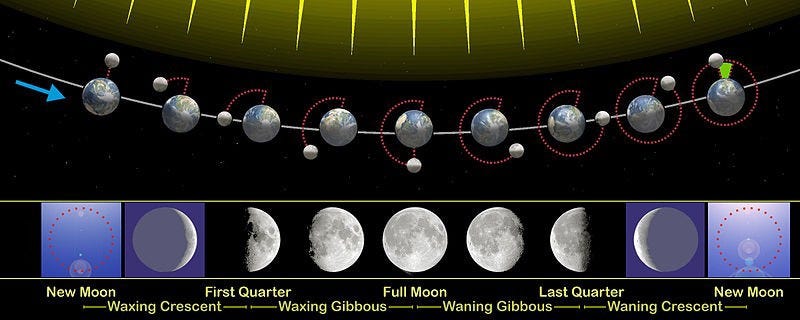
In only the past few generations, we’ve been able to measure the size of and distance to the Moon to unprecedented accuracy. This means — to scale — we’ve become able to accurately represent just what the Moon and Earth look like together in the Solar System.

From here on Earth, even from up above our atmosphere in orbit around our planet, we could never image the entire surface of the Moon. This is because — like most moons in orbit around their parent worlds — the Moon is tidally locked to Earth, meaning that the “near side” always faces Earth.
This is why, no matter what the phase of the Moon is, the portion that you can see always looks exactly the same. Well, almost looks exactly the same!
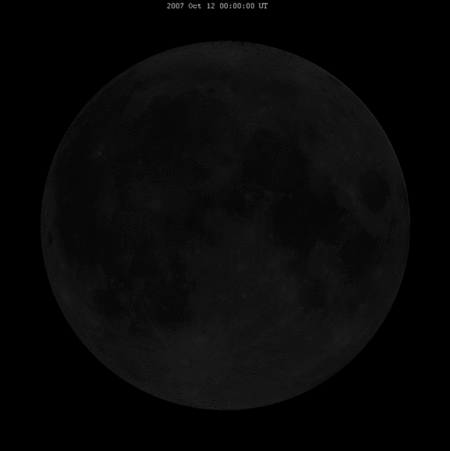
Because the Moon is locked to Earth, it rotates a full 360° every time it revolves around the Earth: one lunar month, or about 29.53 days. But because it moves in an elliptical orbit about Earth, sometimes it’s closer and moving faster in its orbit, and sometimes it’s farther and moving slower.
With these effects combined, it means we get to see slightly more than 50% of the Moon over long enough periods of time: about 59% total, due to the phenomenon shown above: lunar libration.
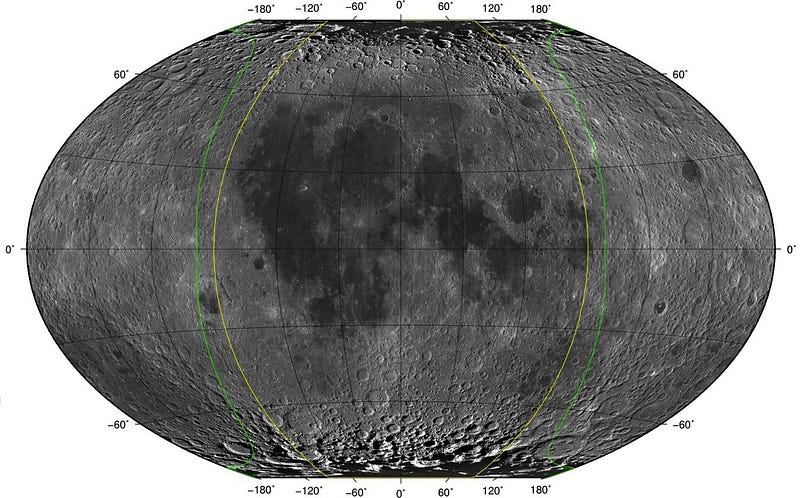
Finally, in 1959, we sent our very first spacecraft to orbit the Moon, and were able to take pictures of the far side of it, learning what it looked like on the side that faced away from us. As it turned out, the far side was incredibly different from the near side, a mystery that was only solved a few months ago!
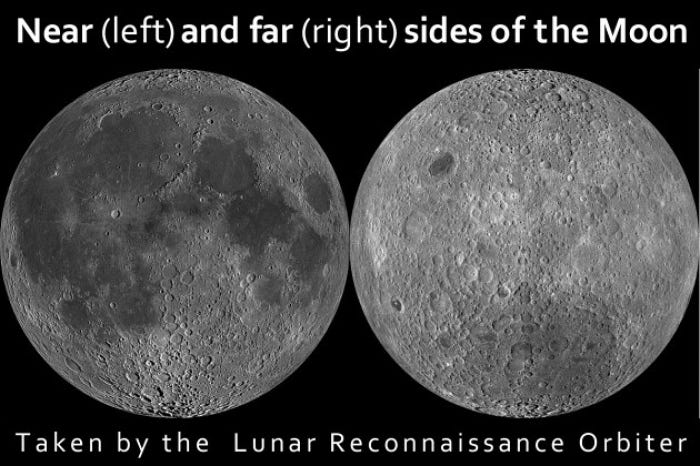
As seen from just above Earth’s atmosphere, 2015 will be a spectacular year for viewing the Moon, as it rocks back-and-forth in its orbit, its phases waxing in illumination and then waning again. NASA’s Goddard Space Flight Center has been putting visualizations of this spectacular phenomenon together since 2011, but this year they’ve given us something new.
Not only can we view what the Moon’s phases will look like as seen from Earth every day of the year, but thanks to the Lunar Reconnaissance Orbiter, we have such great information about the Moon’s far side that we can visualize what the Moon and the Earth would look like from viewed above the far side of the Moon!
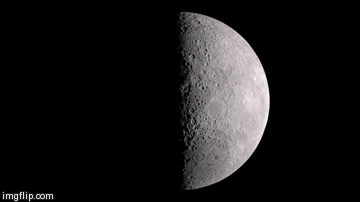
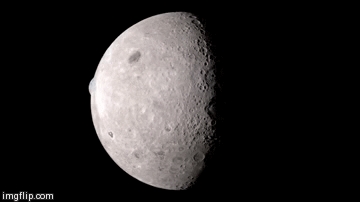
Take a look at the following NASA video, and marvel at what it would look like to see the Earth’s libration and motion as viewed from a stationary point a fixed distance above the far side of the Moon!
The only thing missing from these visualizations? The two lunar eclipses that are happening this year: April 4th and September 28th, where the Moon slips behind the Earth’s shadow, obscuring it partially and then totally, leading to a spectacular sight visible anywhere on the night side of Earth.
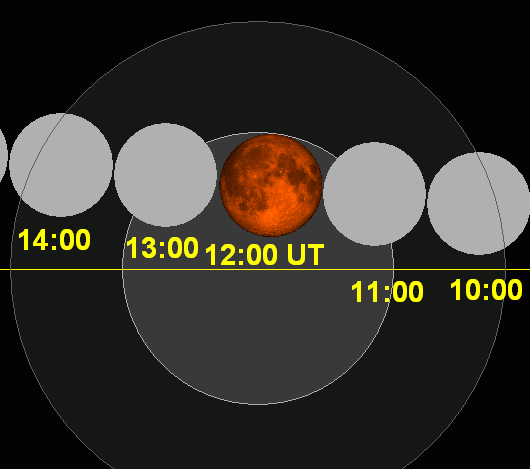
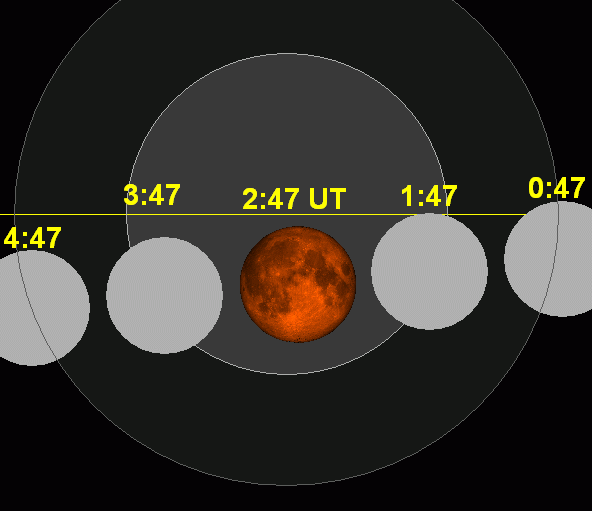
Thanks to NASA’s Goddard Space Flight Center for producing these amazing visuals, and to Summer Ash for her inspiring piece last year that led to this one. Keep looking up, and when you look at the Moon, pay attention to how it changes, and — if it tickles your fancy — keep in mind just what someone up there would see as they looked at us!
Leave your comments at the Starts With A Bang forum on Scienceblogs!





